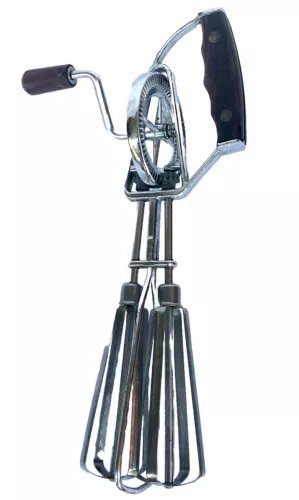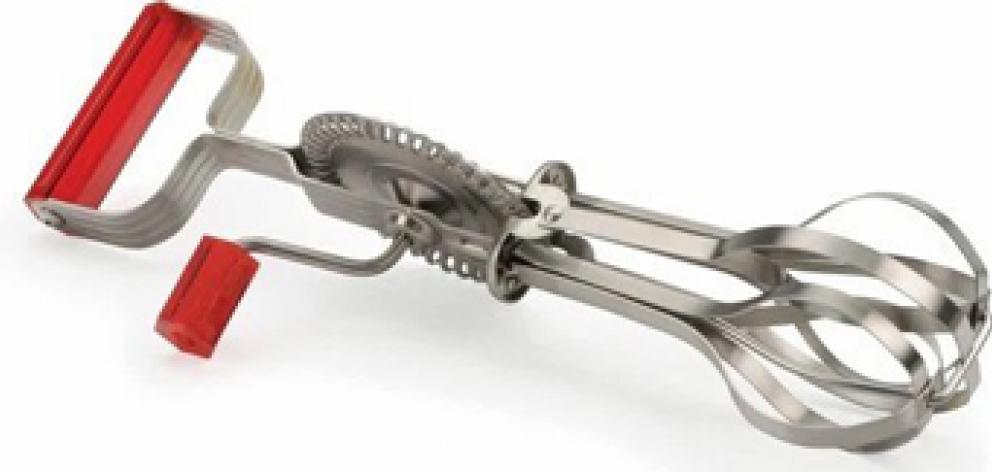

Lo and behold, Civis was struck by a sinking feeling soon afterwards. Yes, there it was again, in a 1990s apartment, those sharp corners and a flat-bottomed, albeit deep, sink.
This time, at least, the end of the tap was easily detachable, and water pressure could be applied to swish out those awkward places.
Perhaps kitchen designers or architects thought straight lines improved sink aesthetics. Might they have been cheaper to make? Or is precious kitchen space saved by the square shape?
Perhaps such sinks have their supporters because they are big enough to handle huge frying pans and large chopping boards. Are they an example of somebody’s idea of "form" winning over "function"? Is the look more important than how it works?
Whatever the case, Civis finds square sinks impractical and annoying.
* * * * *

Again, curves, so much more a part of nature, prove superior to straight lines.

No wonder the vintage beaters are hard to find and worth a pretty penny in second-hand shops.
From eBay come examples of the old wooden-handled rotary beater and the common, mediocre replacement.
The good news is red-handled eggbeaters constructed like the originals can now be found and purchased, albeit for a hefty price.

While on the subject of beaters, the old Kenwood electric mixers are great workhorses, far superior to their replacements. They chugged on for years. Readers are welcome to share any retrograde designs they’ve come across.
* * * * *
A reader has pointed out a grammatical trap into which Civis fell last week. Civis had listed women "like" Joan of Arc, Queen Elizabeth I and Margaret Thatcher. Although a blog on Grammarly notes these days most writers and editors ignore the difference between "like" and "such as", it clarifies "there are subtle differences every writer should know". "Like" is for making comparisons or creating a frame of reference. "Such as" is used to list examples, as this column did last week.
Civis is of a generation not formally taught grammar at school. Civis suspects readers will continue to spot weaknesses such as (like) like and such as. Take your pick.












